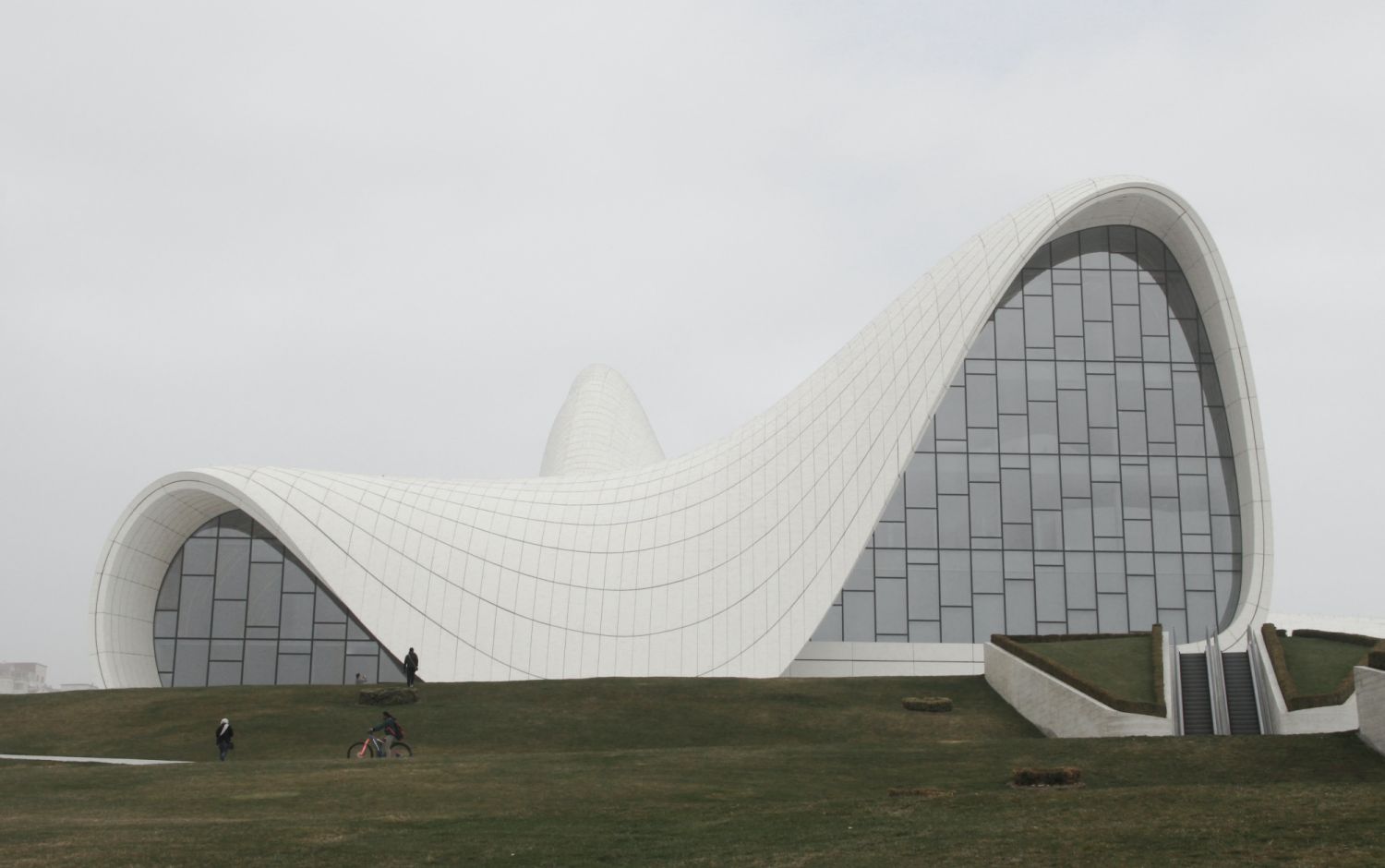Gray’s first building, E-1027, which was completed when she turned 51, is also her best-known work. A seaside villa in Roquebrune-Cap-Martin in France, the name of the house is a coded message spelling out her and Badovici’s initials—E for Eileen while the numbers referred to the alphabetical order of the letters J, B and G.
A vision of classic modernism, the villa had an open-plan interior that mixed moving screens with fixed walls. It was full of thoughtful details and embodied her view that “a house is not a machine to live in. It is the shell of man, his extension, his release, his spiritual emanation."
Corbusier, who was a friend of Badovici, was invited to the villa one summer. He was perplexed by how a woman untrained in architecture could design such an impressive building in a style he thought was his own that he defaced the pristine white balls of E-1027 with a series of garish cubist murals, executed in the nude.
Gray only ever realised three more architectural projects—a house for herself near Castellar, a studio apartment in Paris for Badovici, and a final renovation project in St Tropez—before she passed away in the '70s. Her furniture designers continue to be manufactured today by Aram Designs Ltd, London, who also granted a license to produce to ClassiCon of Germany.
Don't miss: 7 Inspiring Female Photographers Making a Social Impact













